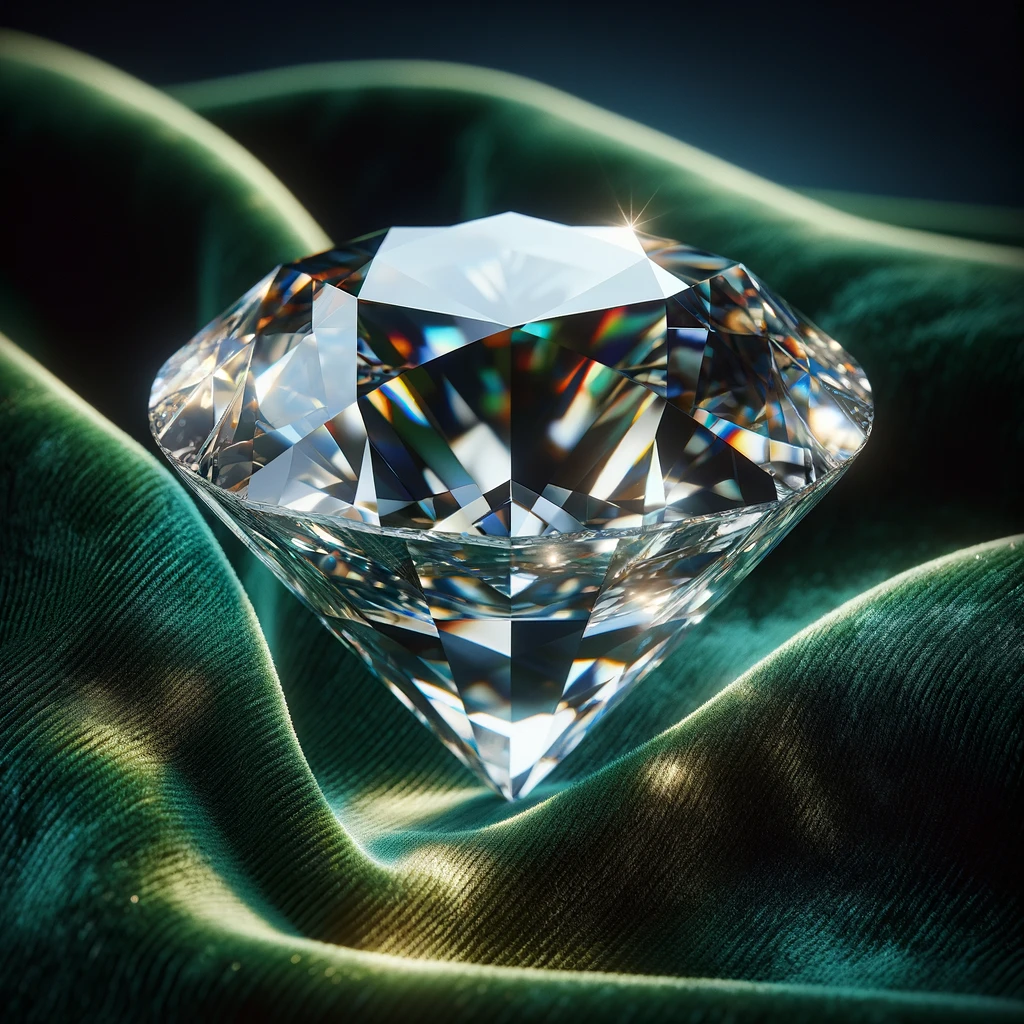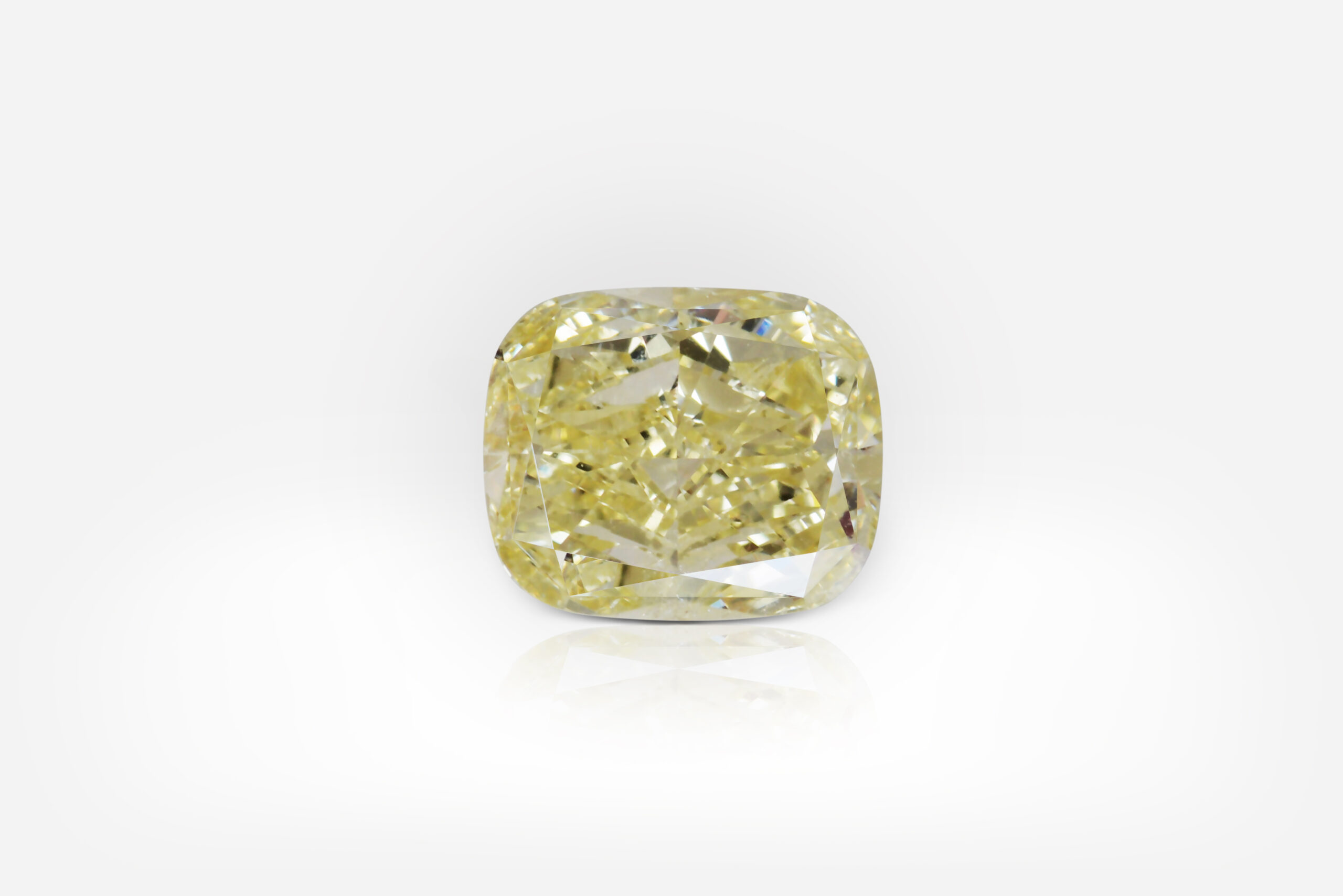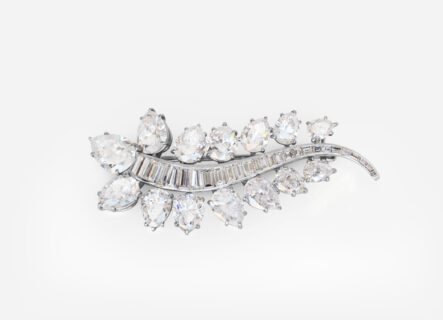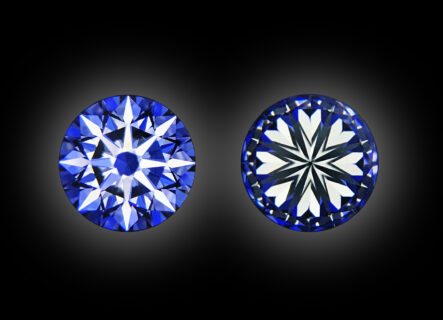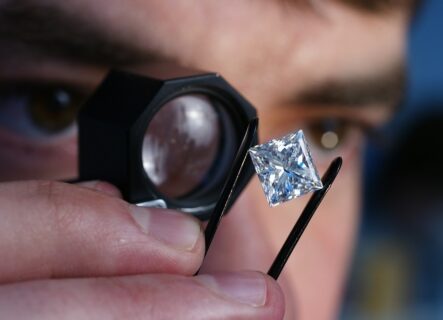Diamond clarity grade
While entering the world of diamonds, you may face a lot of confusing terms and words waiting for you. One of them would be the clarity of a diamond. Don’t worry, today we will explore what diamond clarity is, what it stands for and why it is important. Suppose you are choosing an engagement ring and you don’t know about clarity grades and a diamond clarity chart. Diamonds that have IF clarity may seem overpriced, diamonds that have clarity I1 – I2 – I3 are not so attractive. We invite you to understand how it all works and how to choose diamonds that will be perfect in terms of value for money.
What’s a diamond clarity grading?
At first glance, it might seem that diamond clarity is the most obscure criterion of the 4Cs. However, it is not. In fact, before understanding this factor, one fact should be recognized and accepted – real diamonds cannot be absolutely perfect and flawless. Yes, we realize this can be an unpleasant reality, but it is true, flawless diamonds are extremely rare. And the most fundamental thing is that this is normal, nature is beautiful for that reason, it does not create anything flawless. Otherwise it would be uninteresting. Flawless diamonds are grown diamonds, but we don’t talk about them because it doesn’t take into account artificial diamonds.
Diamond clarity is one of the key factors when determining the overall quality and value of a diamond. When we discuss diamond clarity, we’re referring to the absence or presence of inclusions and blemishes within a diamond. Inclusions are internal flaws, such as air bubbles or cracks, while blemishes are external imperfections. Each diamond undergoes rigorous diamond grading to assess its clarity.
The diamond clarity scale ranges from a flawless diamond to those with many inclusions that can be seen with the naked eye. When a diamond is flawless, it means that the stone has no imperfections visible under 10x magnification. Clean diamond signifies a stone that appears perfect to the untrained eye. Such pieces are often considered to be the best due to their supreme clarity, but they are exceedingly rare and expensive.
Diamond grading involves a detailed inspection using magnification, where a gemologist evaluates the size, number, and location of inclusions and blemishes. Stones with higher clarity will typically have fewer and smaller inclusions, which may not be visible under 10x magnification. Meanwhile, diamonds with lower clarity tend to have inclusions easily seen without magnification. It is vital to remember that diamond clarity doesn’t drastically affect a stone’s sparkle but does influence its appearance and price.
The diamond clarity chart is an essential tool used in diamond grading. It helps in distinguishing between the various grades, such as Flawless (FL), Internally Flawless (IF), Very Very Slightly Included (VVS), and down to Included (I). These diamonds possess unique clarity characteristics, making them distinct in the market.
When it comes to the real purchase, understanding the diamond clarity scale is crucial. If you possess a clean diamond or best diamond, you can sell your gem at a higher price. On the other hand, a diamond with many visible inclusions might fetch a lower price.
It’s also essential to distinguish between diamonds will retain market value based on clarity and those that may not. A diamond with slight inclusions not seen with the naked eye could still be valuable and aesthetically pleasing, while heavy inclusions that are visible under minor magnification could detract from its appeal.
In conclusion, diamond clarity is a valuable factor in determining the desirability and value of each diamond. Understanding the diamond clarity chart and the implications of diamond grading can guide you in acquiring the best diamond for your needs or ensuring you accurately sell your gem. While clean diamond status often translates to higher clarity, remember that beauty ultimately lies in the eye of the beholder.
GIA Diamond Clarity Scale
The smart guys from GIA are again rushing to our aid. In the American laboratory they have developed the Diamond Clarity Scale, which helps us navigate through the flaws that diamonds have and distribute the stones according to their clarity. This is a very helpful clarity chart that enables you to determine the level of imperfections and inclusions your diamond has. Using this clarity scale, you can find your diamond effortlessly.
Clarity chart
In general, there are five main groups of clarity chart
These in turn are further subdivided into subgroups that more accurately describe the diamond’s condition. Let’s look at each group in more detail
IF (internally flawless)
The best of the best, the purest of the purest are internally flawless diamonds. Diamonds that fall into this category even under 10x magnification do not show internal flaws. Such diamonds have high prices and are quite rare. Internally flawless stones are a great option if you’re not on a budget. Yes, they are pricey.
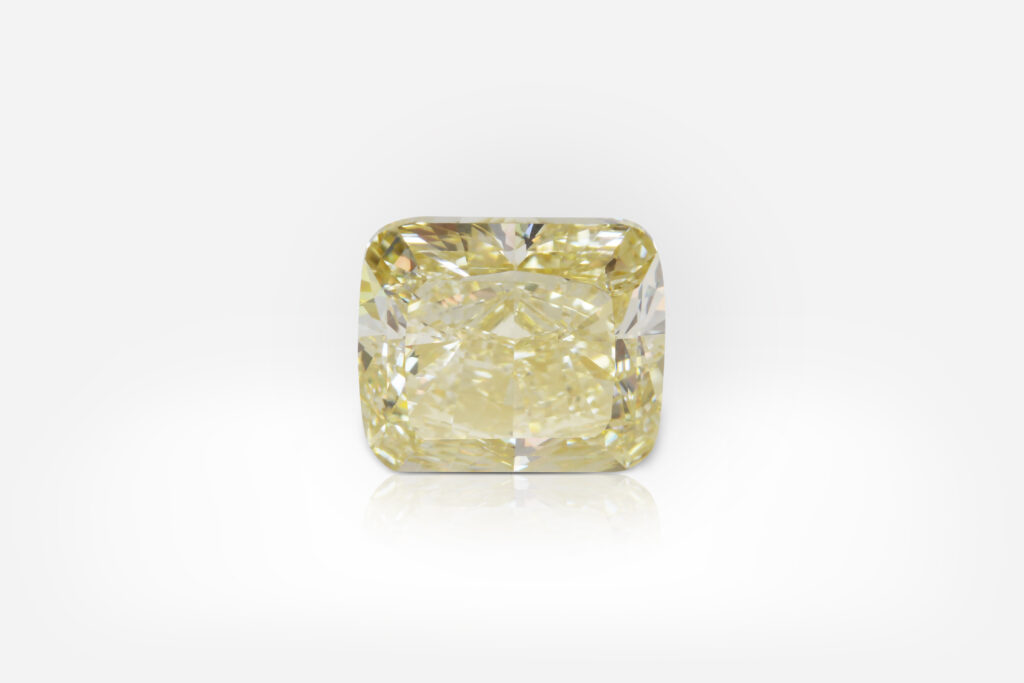
VVS (flawless)
Very Very Slightly Included flaws are also extremely difficult to detect. such diamonds with VVS clarity are a perfect option. On the one hand, they are identical to IF clarity diamonds – even a skilled grader
will not be able to tell the difference between two diamonds based on their imperfections that are visible under the strongest magnification. What does that tell us? This means that you don’t have to chase after IF clarity, because the second option is identical diamonds, which will be no different for you
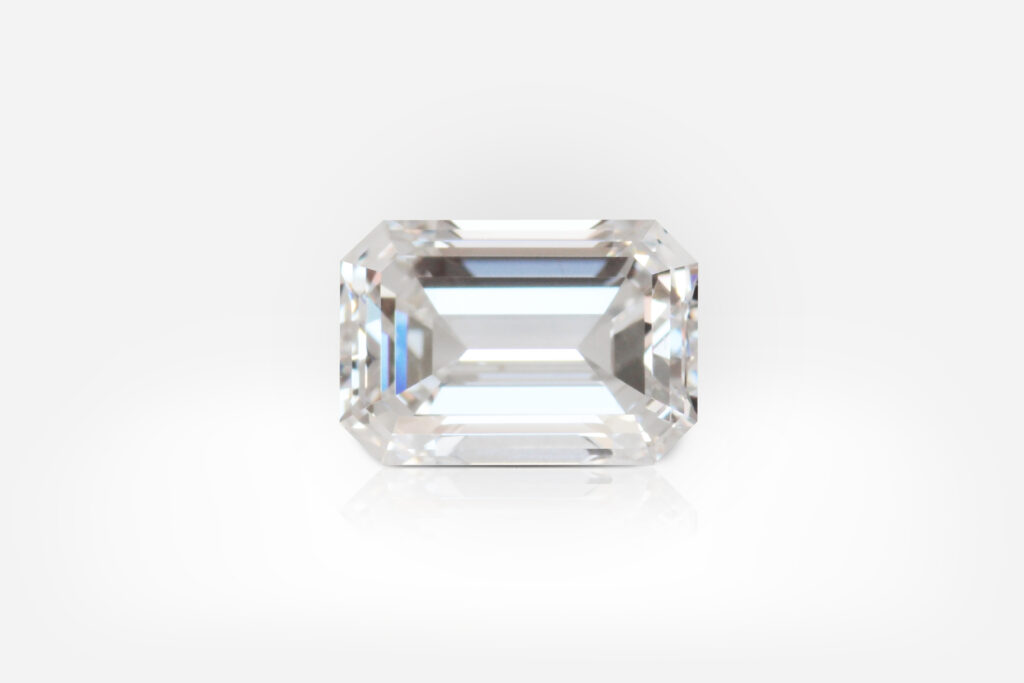
VS1 – VS2
The third option is also a great one for an engagement ring or other fine jewelry. Such diamonds are way more affordable, but do not differ in appearance from the previous clarity grades. Very Slightly Included diamonds are one of the most popular choices among diamonds.
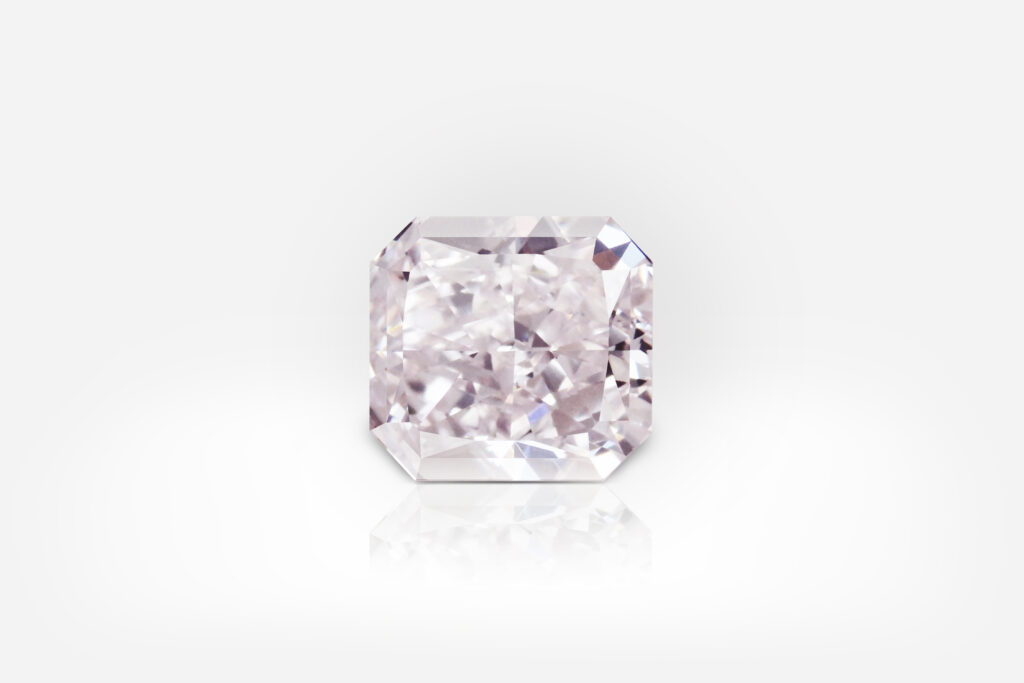
SI1 – SI2
Look into the SI clarity range if you’re searching for something more affordable. Even under 10x magnification, they may still be crystal clear, which means the average person cannot see imperfections with their unaided eyes. However, inclusions will be easy (SI1) or very easy (SI2) for a grader to see.

I1 – I2 – I3
The grades marked as “included” range from I1 to I3, with clear inclusions and blemishes visible at 10x magnification. For exquisite jewelry, we don’t recommend anything lower than an I1, as that’s the lowest you can go without obvious imperfections. Depending on their properties, the inclusions in these grades may also affect the transparency or brilliance of the diamond.
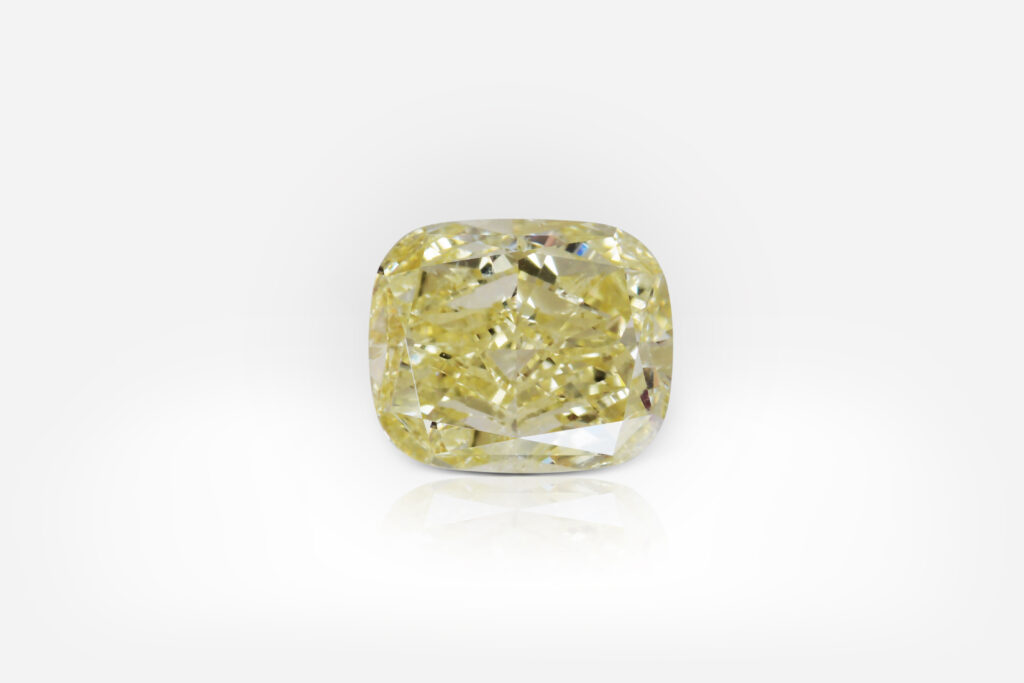
Diamond inclusions
Diamond inclusions may vary, so let’s deep into them a little bit. We are going to detect different flaws diamonds can have and figure out how to understand them.
- Cloud
A cloud is actually a collection of tiny pinpoints that are grouped together rather than a single flaw in a diamond. A cloud can make a diamond appear dull and foggy, which reduces its brightness. A diamond is referred to as unclear if it has several big clouds.
- Hazy
The inclusion chart for diamonds does not indicate haziness or milkiness! These diamonds may seem to have the highest clarity grading when magnified, but the diamond substance is more opaque than ordinary stone, thus less light can pass through. Strong fluorescence can occasionally, but not always, result in this kind of haziness in the stone. Most of the time, the issue is just how the stone was formed.
- Carbon
Certain flaws, such as crystals and pinpoints, can appear as black carbon spots rather than white inclusions on the certificate, even though they aren’t always identified as such. It is more likely that these carbon spots will be seen to the unaided eye.
- Feather
Longer and sharper inclusions called feathers resemble tiny fissures in the diamond. A stone with this feature shouldn’t have any durability problems unless it has extremely massive surface feathers.
Because they catch the light at an angle, large feathers may be apparent to the unaided eye. To enhance the stone’s appearance, clarity enhancement can be applied to surface feathers that are apparent to the unaided eye.
- Pinpoint
These are little black or white crystal fragments embedded in the stone, typically only discernible at 10x or 40x magnification
- Twinning wisps
Feathers and crystals arranged in lines and haphazard designs. Since these inclusions are dispersed, they are often invisible to the unaided eye unless they are huge and located in a region of the stone that is heavily covered.
- Crystals
A mineral crystal that is truly encased within a diamond is called a crystal inclusion. Generally speaking, colorful crystal inclusions are unfavorable since they are significantly more noticeable to the unaided eye.
Diamond clarity tips before buying
- No need to chase the perfect diamonds
If you are choosing a diamond and don’t know what clarity to get to select the best value for money, we advise you to choose diamonds with VS1 or VS2 clarity. Why? First of all, for an ordinary person, the differences between this clarity and IF clarity will be absolutely imperceptible. That is, you are buying the same lovely and charming diamond that also shines beautifully in the sun and pleases you, given that it has a lower clarity. Secondly, the next weighty argument is of course the price. Diamonds with VS1 or VS2 clarity are way more affordable than the options above, they won’t hit your wallet as hard and you can also consider other factors when choosing a diamond. For example, in addition to clarity, you will also need to pay attention to the cut. There are times when diamonds with IF clarity do not look as beautiful and enticing because of an unfortunate or inept cut, so not always high clarity equals absolute brilliance and sparkle
- Shapes matter
The figure of your diamond determines the optimal clarity grade. We would like to note that some diamond shapes are far more adept at concealing inclusions than others. For instance, round cut diamonds are great at covering most of the imperfections. Another example is emerald cut diamonds. These are also very popular options for engagement rings or other pieces of jewelry. however in this case you should be aware that emerald cuts are not as good at hiding inclusions and flaws. So, before buying an emerald cut, you would better consider its clarity more thoroughly. Unlike round diamonds, which look fabulous with VS1 or VS2 clarity, a diamond that has an emerald cut, will look better with higher clarity.
- Ask for professional help
If you read articles from our Education center you know that we always advise (insist) that you ask for diamond certificates. The certificate should be from a reputable lab, such as GIA, which will detail all the characteristics of your diamond. Our sincere advice: ask questions and ask for help in choosing before you buy. We know that purchasing a diamond is both a very inspiring and exciting experience. To make sure everything goes smoothly and well, ask the experts about everything you can think of regarding diamonds. Any questions you have are important because you are investing in expensive stones. A decent expert will fulfill all your wishes and thoroughly explain to you the difference between different stones. However, we do not advise you to buy and invest in diamonds without preparation. Familiarize yourself with the basics so that you are not completely unprepared when you are ready to spend money on diamonds.
Diamond clarity FAQs
Which diamond clarity is best?
Of course if we are talking about natural characteristics, diamonds with IF clarity are the best. They are clean and their flaws are practically imperceptible even under the strongest magnification. However, as we said above, such diamonds are expensive and most often there is no point in spending money on them. If we are talking about the most optimal options, then these are Very Very Slightly Included or Very Slightly Included clarity grades
Is S12 clarity good?
In fact, this clarity is not bad. Diamonds with S12 clarity can look identical to diamonds with a super clarity if they fall into the hands of an experienced craftsman. The cut of a diamond greatly affects its sparkle, so with the right approach to the stone, it can be as beautiful as diamonds with Very Very Slightly Included clarity grade, for example.
Which is better clarity VS1 or VS2?
VS1 is obviously a higher grade than VS2. The imperfections in a VS2 diamond may be simpler to identify than those in a VS1, which is the only distinction between the two. A VS2 grade diamond’s imperfections are comparable to those in a VS1 in terms of size and quantity.
What clarity sparkles the most?
A diamond’s sparkle—or, more precisely, its fire and brilliance—is mostly unaffected by clarity. The way a diamond interacts with and reflects light should remain unaffected as long as its clarity grade is SI2 or better. We have already mentioned several times that there are more important aspects on which the sparkle of a diamond really depends. First of all, it is its cut. For example, a round cut is considered the most brilliant and advantageous for diamonds. By the way, it is also worth emphasizing that this is simply a timeless classic, an immortal and great option for diamonds.
Are inclusions in diamonds always visible?
Most of the time, more than half of the flaws are so tiny that to the casual eye without specialized equipment, they are simply unnoticeable. Even if you know that your diamond has some flaws according to the lab report that you see on your certificate, you most likely won’t notice them at all in any light, and even if you take a closer look and try to see them. At the beginning of the article, we said that diamonds are not flawless. Therefore, real diamonds have flaws and this is absolutely normal, you should not be afraid of them.


